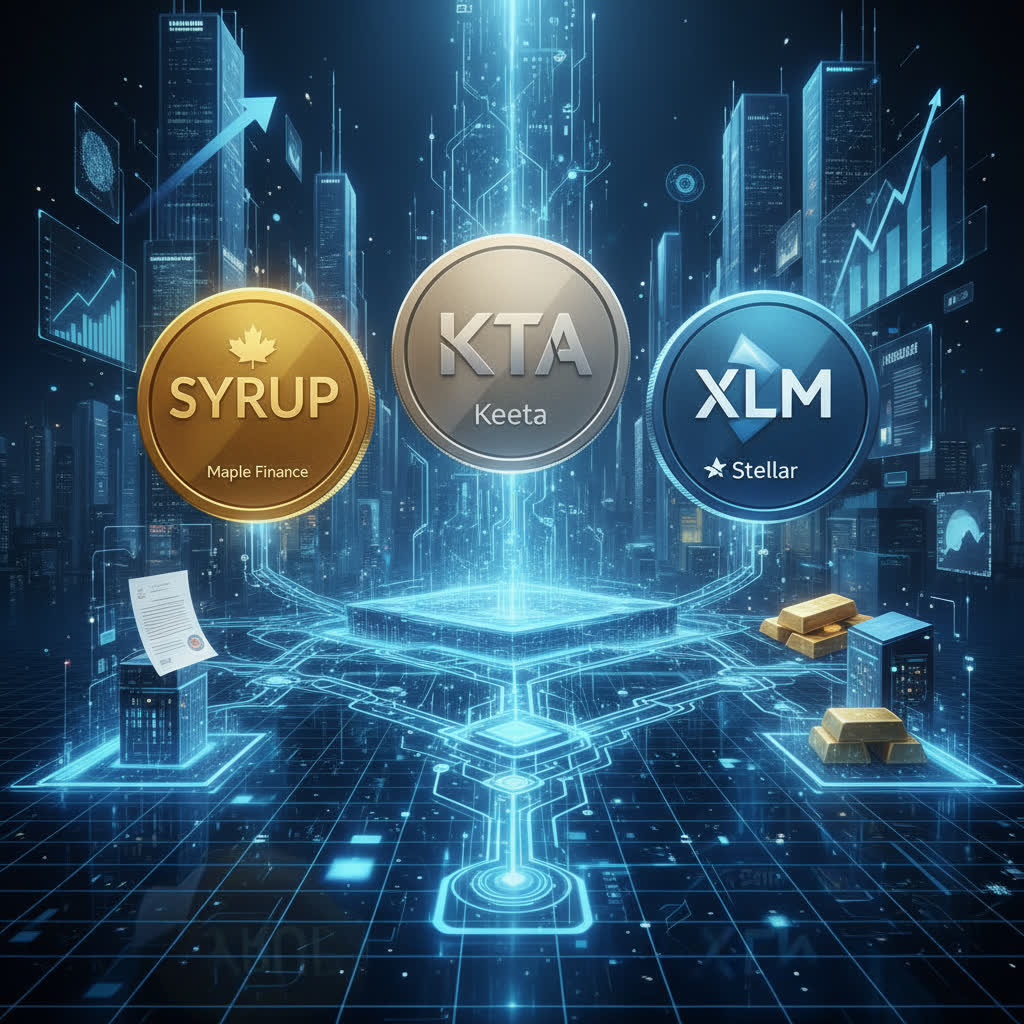90% of Institutions Now Using or Exploring Stablecoins, Fireblocks Finds: A Deep Dive into the Growing Digital Dollar Revolution
A rapidly growing number of financial institutions around the world are embracing stablecoins as a key component of their digital transformation strategies. According to a comprehensive report released on May 15, 2025, by Fireblocks-a leading digital asset custody and transfer platform-an overwhelming 90% of surveyed institutions are either actively using or in the process of exploring stablecoins for various financial operations.
The survey gathered insights from 295 senior executives representing a diverse mix of banks, fintech firms, and payment processors, highlighting a significant shift in institutional attitudes toward digital assets pegged to traditional fiat currencies, particularly the U.S. dollar.
The Rise of Stablecoins: From Novelty to Necessity
Stablecoins, cryptocurrencies pegged to stable assets like the U.S. dollar, euro, or other fiat currencies, have transitioned from niche digital tokens to essential financial infrastructure. Their rise is fueled by the need for faster, more transparent, and cost-effective payment systems in an increasingly digital global economy.
Fireblocks’ report emphasizes that nearly half of the respondents (49%) are already leveraging stablecoins for payment processing. Another 23% are engaged in pilot programs, testing the waters to understand how stablecoins can fit into their existing operations. Meanwhile, 18% are actively planning to integrate stablecoins in the near future. Only a small minority-10%-remain undecided about their stablecoin strategies.
This widespread adoption signals that stablecoins are no longer just an experimental technology but a mainstream financial tool.
Stablecoin Adoption: A Race for Relevance in Digital Finance
Fireblocks characterizes the current surge in stablecoin adoption as a “race for relevance” among financial institutions. As customer demand for digital payment solutions accelerates and use cases mature, banks and fintech companies face mounting pressure to modernize or risk becoming obsolete.
“The stablecoin race has become a matter of avoiding obsolescence as customer demand accelerates and use cases mature,” the report states. Traditional payment rails-often slow, costly, and opaque-are increasingly viewed as inadequate in the face of digital-first alternatives.
Stablecoins offer a compelling alternative, especially for cross-border payments, which have historically been plagued by delays, high fees, and complex intermediaries. According to the report, 58% of traditional banks now use stablecoins specifically for cross-border transfers, reflecting a major shift in how global payments are processed.
Additionally, 28% of banks accept stablecoins for inbound payments, while smaller but growing percentages use them for liquidity management (12%), merchant settlements (9%), and invoicing between businesses (9%).
Why Banks Are Embracing Stablecoins: Efficiency, Speed, and Innovation
One of the key reasons banks are adopting stablecoins is their compatibility with existing treasury operations, which allows for a smoother transition compared to other blockchain-based solutions.
By reducing the need for capital lock-up and enabling near-instantaneous settlement, stablecoins help banks improve operational efficiency and liquidity management. Faster settlement times emerged as the top benefit among respondents, with 48% citing it as a critical advantage.
Other notable benefits include:
-
Improved Transparency: Blockchain-based stablecoins provide an immutable ledger, enhancing auditability and compliance.
-
Enhanced Liquidity Management: Real-time settlement reduces counterparty risk and frees up capital.
-
Tighter Integration of Payment Flows: Seamless interoperability with existing financial systems streamlines operations.
-
Better Security: Cryptographic protections reduce fraud and unauthorized access.
-
Reduced Transaction Costs: Eliminating intermediaries and manual processes lowers fees.
Ran Goldi, senior vice president of payments and network at Fireblocks, remarked, “Our research shows that 90% of firms are moving forward with stablecoin implementations because they see it as a key lever for growth. Stablecoins have become an enabler of business innovation, not just an efficiency play.”
Stablecoins as the Foundation of the Future Financial System
With billions of dollars in daily transaction volume and growing institutional interest, stablecoins are increasingly viewed as the foundational layer of the future global financial system.
Supporting this trend, major payment processor Stripe announced on May 7 the launch of Stablecoin Financial Accounts, a new product designed to help businesses manage funds using US dollar-backed stablecoins. This offering enables companies in 101 countries to hold, send, and receive stablecoins, presenting a modern alternative to traditional banking systems that often suffer from delays and high costs.
Meanwhile, Citigroup has projected explosive growth in the stablecoin market over the coming decade. The banking giant forecasts that the total market capitalization of stablecoins could skyrocket from nearly $240 billion today to more than $2 trillion by 2030. Under a base-case scenario, stablecoin supply could reach $1.6 trillion, while a more optimistic outlook envisions $3.7 trillion in circulation.
Citigroup attributes this growth to a combination of regulatory clarity, increased adoption by financial institutions, and growing interest from the public sector.
Challenges and Regulatory Landscape
Despite the optimistic outlook, stablecoin adoption is not without challenges. Regulatory scrutiny remains a significant factor shaping the future of stablecoins. Governments and regulators worldwide are grappling with how to oversee these digital assets to prevent illicit activities, protect consumers, and ensure financial stability.
The U.S. Treasury, the SEC, and other agencies have proposed various frameworks to regulate stablecoins, focusing on issues such as reserve backing, transparency, and systemic risk. The evolving regulatory environment may accelerate adoption by providing clearer rules but could also impose compliance costs that affect smaller players.
The Broader Impact on the Crypto Ecosystem and Financial Innovation
Stablecoins serve as a bridge between traditional finance and the burgeoning decentralized finance (DeFi) sector, enabling seamless interaction between fiat currencies and blockchain-based applications.
Their widespread use is fostering innovation in areas such as programmable money, automated settlements, and cross-border trade finance. As stablecoins become more entrenched in financial infrastructure, they are likely to catalyze new business models and reshape how value is transferred globally.
Conclusion: Stablecoins Are Here to Stay
The Fireblocks report underscores a pivotal moment in the evolution of digital finance. With 90% of institutions now using or exploring stablecoins, these digital assets have moved beyond experimentation to become a mainstream financial tool.
As banks, fintech firms, and payment processors continue to integrate stablecoins into their operations, the financial industry is poised for a transformation marked by greater efficiency, transparency, and innovation.
The coming years will be critical in shaping the regulatory frameworks and technological advancements that will define the stablecoin landscape and, by extension, the future of global finance.




